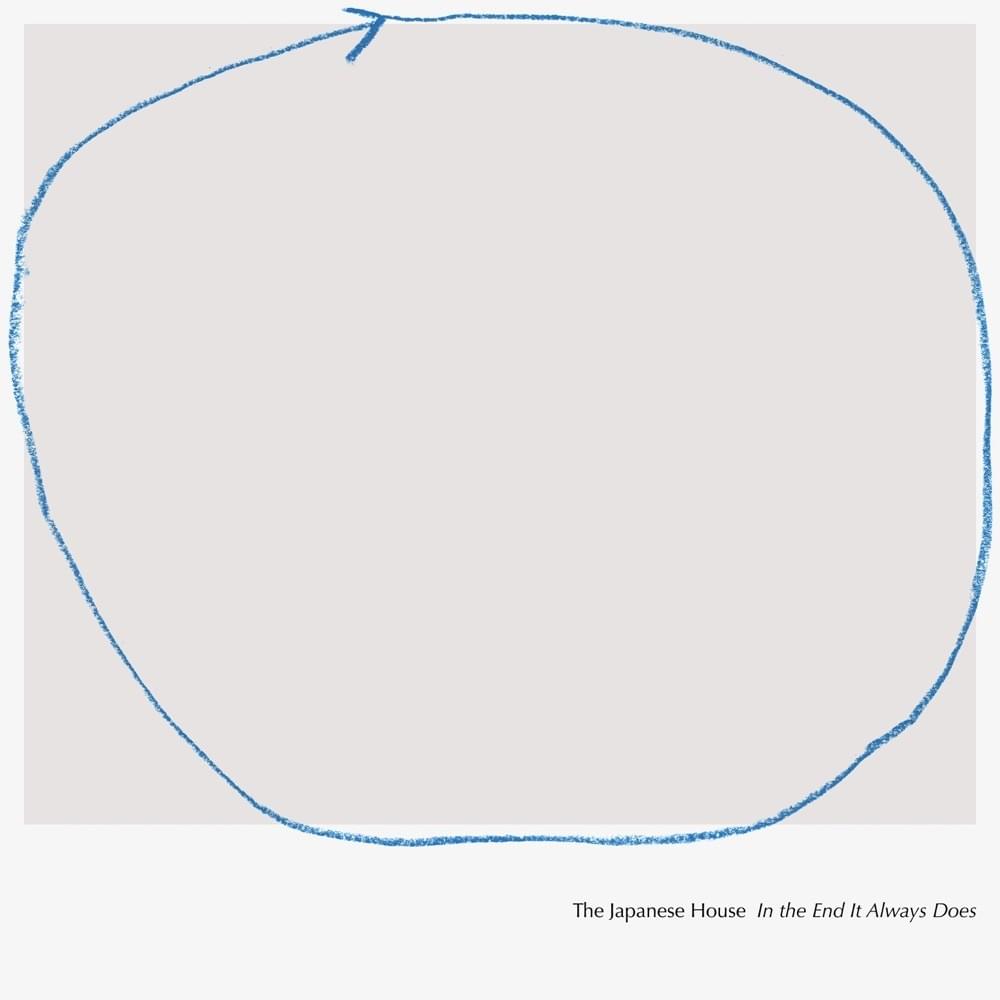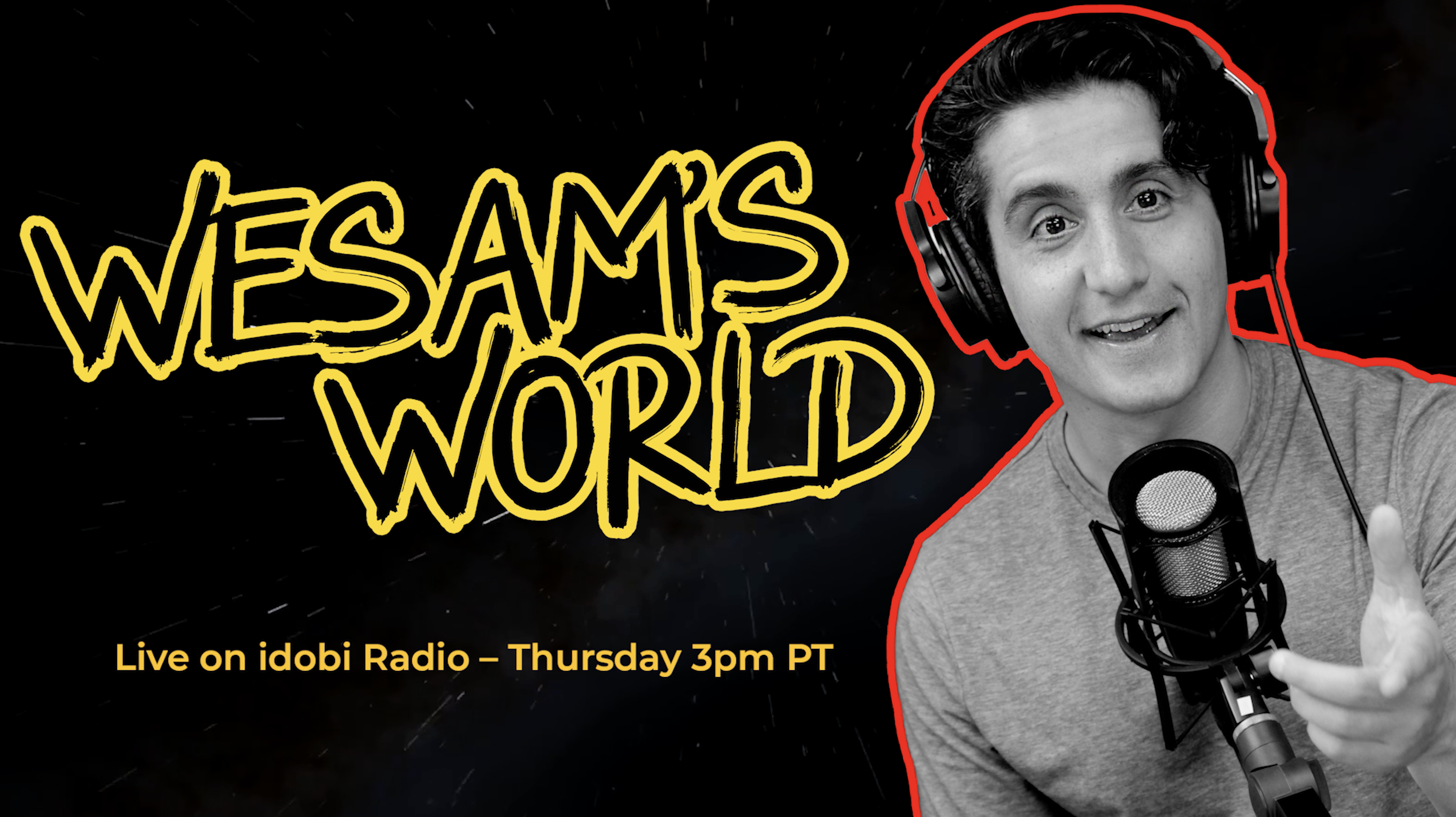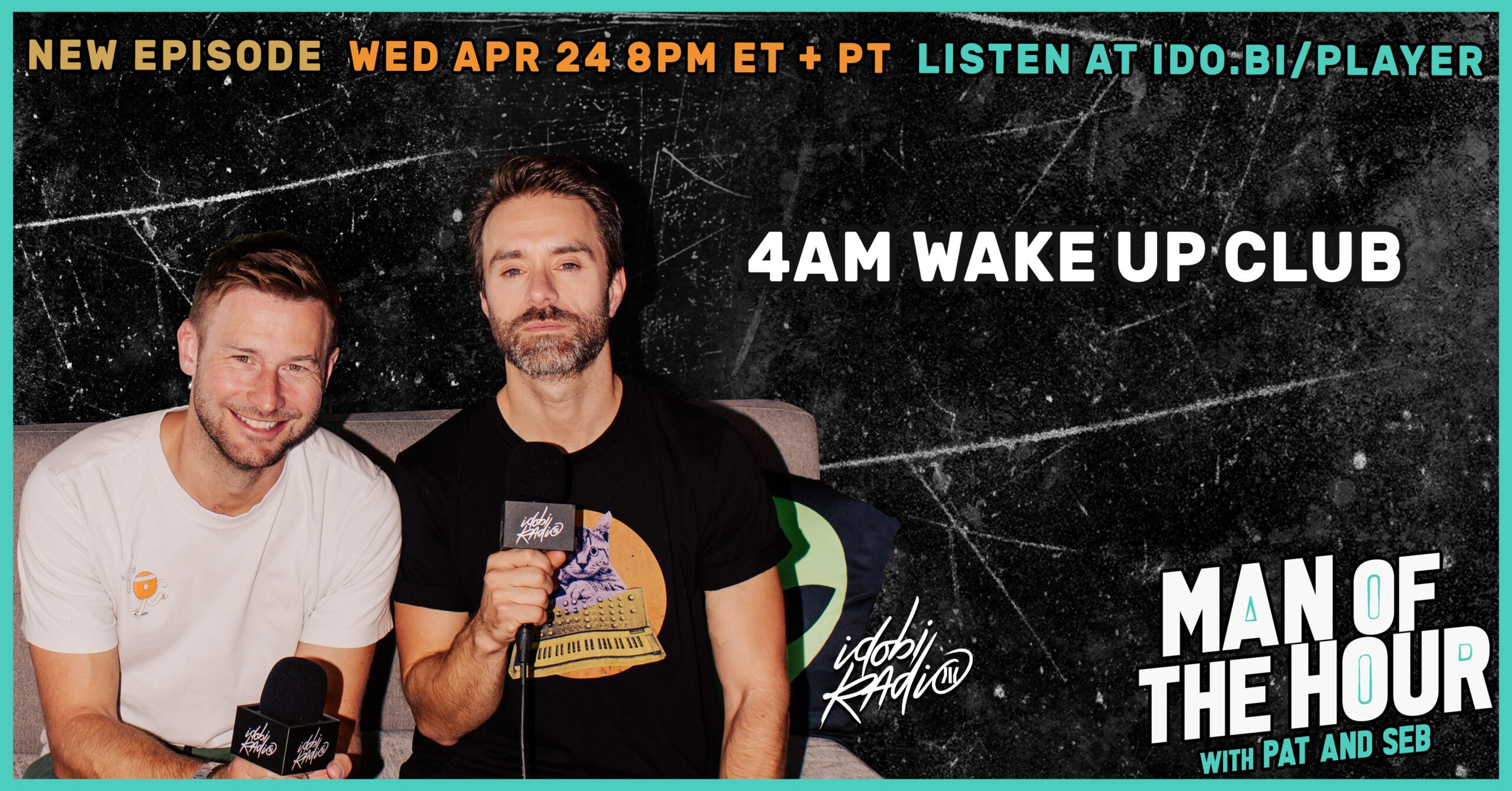Struggling U.S. auto manufacturers are hoping music will do for them what it did for
Apple after the introduction of the iPod — make them cool.
And in so doing, they aim to attract a new generation of car buyers who expect digital entertainment at all times.
Two-thirds of 2007-model cars will enable users to connect
MP3 players to factory-installed stereos.
Leading the charge is Ford Motor, which at the Detroit Auto
Show January 9 introduced a new factory-installed, in-car
communications and entertainment system called Sync, developed in
partnership with Microsoft.
While auto manufacturers have offered iPod-integration kits
as a dealer-installed option for some time, Sync revolutionizes the way
consumers connect MP3 players and mobile phones to the vehicle’s
central nervous system. Using either a USB port — a standard feature
on personal computers — or Bluetooth wireless technology, Sync lets
users operate and control any MP3 player through voice commands, the
car steering wheel or the dashboard stereo.
It supports not only the iPod but also files purchased from iTunes as well as subscription tracks on PlaysForSure devices.
Users can even stream Internet radio feeds from mobile phones through the stereo system.
NEW STANDARD
And Sync isn’t limited to high-end models. It will be a
factory-installed option in 12 Ford, Lincoln and Mercury vehicles
introduced this year — including the Focus and
Explorer — and eventually become a standard option throughout its
entire fleet.
According to Kevin Reale, an automotive industry analyst with
AMR Research, Sync is symptomatic of a broader effort by car makers to
offer a kind of second home on wheels. Since the average U.S. citizen
spends 1.5 hours a day in his or her car, music is a key ingredient.
Manufacturers are “becoming more customer-centric,” Reale
said. “They’re really trying to understand what customers want in their
vehicles. Up until the last few years it was ‘build it and they will
come,’ but it’s not like that anymore.”
According to a fall 2006 Harris Interactive poll, the
least-preferred methods for linking an MP3 player to a car stereo —
the FM transmitter and the cassette-tape adapter — are also the most
common. More than half of those polled said they would consider a more
sophisticated interface.
Ford research shows that among buyers and potential buyers
age 14-26 — who represent 20 percent of the market — 80 percent
expressed a demand to link MP3 players with their car stereos, and the
capability is in the top five of overall desired features.
So not only do car manufacturers have an opportunity to better meet a growing need, but advanced in-car systems like
Sync, or similar products like Chrysler’s MyGig, might even be the winning factor when deciding what car to buy.
HAVE MUSIC, WILL TRAVEL
“Everyone recognizes the importance of (digital music),”
Ford marketing strategy manager Kevin Leling said. “It’s very important for people to take their personal music with them.”
As such, car manufacturers are demanding that those providing
them with factory-installed stereos include
MP3-player connectivity. A spokesman for Clarion, a car stereo
manufacturer that primarily supplies factory-installed units for the
automotive industry, said 50 percent of its products this year feature
some kind of MP3-player link — up from 20 percent last year. He
expects that number to grow to 100 percent within the next three years.
Fortunately, it’s a relatively easy function to add.
According to Andrew Poliak of car stereo software developer
QNX, a stereo unit just needs a basic operating system and compatible
software. On the horizon are more advanced options like multizone
listening, in which one track plays through the main speakers while
another plays through rear-seat speakers or headphone jacks.
The relatively slow process of integrating MP3 player
connectivity can be blamed in part on the long product development
cycle of the automotive industry. While innovations in consumer
electronics generally take about 18 months from concept to consumer
availability, the automotive cycle is closer to three to seven years.
That Ford was able to turn around Sync in 15 months is unheard-of in the automotive world. “That’s warp speed for us,”
Leling said. Motivating Ford and other manufacturers is that a generation of car buyers just around the bend will expect an
MP3-player link in their cars just like today’s generation expected a CD player.
And connecting with young music listeners doesn’t stop with
in-car entertainment systems. The auto industry is leaning heavily on
music in its marketing to potential buyers — some of whom aren’t yet
old enough to drive.
Chrysler, for instance, sponsored Warner Music Group’s
YouTube concert video initiative on New Year’s Eve. In 2005,
Ford sponsored a series of “Flash Concerts” advertised through mobile operator Cingular.
“They’re trying to connect to the consumer at a much earlier
stage,” Reale said. “It’s just a matter of time before this capability
becomes a standard mechanism in all vehicles.”





























